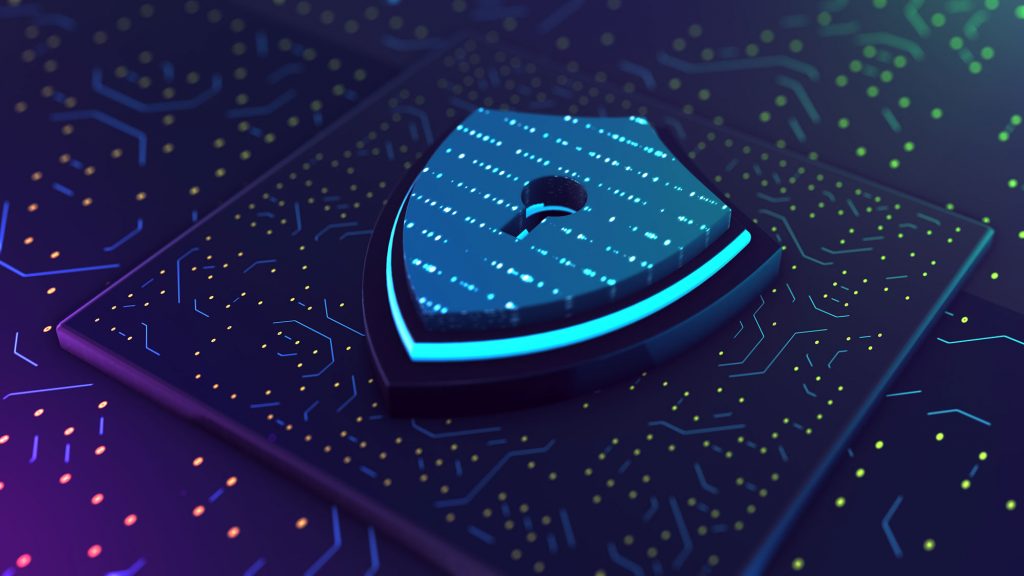AI for Cybersecurity
Systematic and consistent decision-making at scale
Improve efficiency
Manage the ever-growing amount of security alerts sustainably
As the number of security alerts is increases, adding skilled analysts to deal with the incoming flow is becoming more and more challenging. Analysts are scarce, and new technologies make it easier for attackers to find new and faster ways to inflict damage. This scenario requires the use of predictive systems that can support busy teams and free them up to work on the most complex cases.

“Attackers are constantly evolving their techniques and analysts are playing catch up. It’s impossible to mitigate all of the possible attacks, especially the less understood ones, without some the kind of predictive solution that NovaceneAI provides.”

René Bouchard
Vice-president, Managed Security Services, KPMG

Replicate experts’ thought process
Train AI to learn from past expert decisions and suggest a way forward
AI can learn the thinking process that your team of experts follows when assessing security alerts, enabling you to instantly add capacity to help the team manage a larger number of threats while making the process more consistent and systematic.

Process more data with fewer mistakes
Analyzing large amounts of data manually leads to costly mistakes
Processing data manually is expensive, inefficient, and prone to bias and human error that compromise the quality of deliverables. Relying on employees alone slows down workflows, creates backlogs, and delays the extraction of value.
When analysts work with large amounts of data, they face two challenges: first, people are known to make mistakes when they’re overwhelmed by information overload; and second, they are likely to miss important signals because of the amount of noise.
AI is especially effective at finding patterns buried in large amounts of information, discarding noise, and letting the signal emerge, enabling analysts to look at distilled data with their mental bandwidth intact.

Foresee future risks
Shed light into unknown-unknowns
When new cyberattack methods emerge, traditional rules-based systems are not able to catch them until it’s too late – mainly because these systems rely on pre-programmed rules that can only detect known methods. As attackers evolve their methods, it becomes increasingly difficult to take a preventive approach. That’s where predictive analytics can help. Algorithms can detect malicious elements in complex datasets even when these elements are invisible to the human eye.
Featured Case Study:
KPMG’s Managed Security Services team partnered with NovaceneAI to improve efficiencies and achieve a consistent and systematic process.


